
Grow Light Recommendations for Beginners
- Home
- Grow Light Recommendations for Beginners
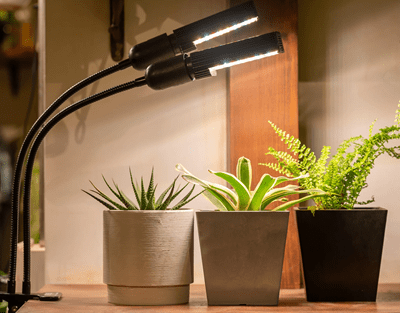
Grow Light Recommendations for Beginners
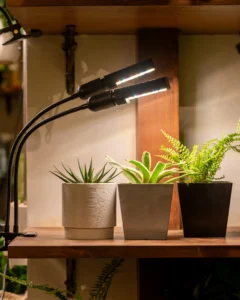
Whether you’re starting a balcony garden, nurturing indoor plants, or delving into controlled environment agriculture (CEA), understanding the basics of grow lights is essential. In this beginner-friendly guide, we’ll break down the key points to consider when selecting grow lights for your needs.
Key Considerations for Beginners: As a beginner, grasping a few fundamental concepts will set you on the right path: Here are the key factors to consider:
1. Light Spectrum: Light spectrum, also known as light quality, refers to the distribution of photons across various wavelengths. Different wavelengths play distinct roles in plant physiology, affecting growth, photosynthesis, and development. The ideal spectrum typically ranges from 400 to 750 nm, encompassing red, blue, green, far-red, and ultraviolet (UV) light. Understanding the roles of each spectrum component is essential for optimizing plant growth and development.
2. Light Intensity: Light intensity, measured in Photosynthetic Photon Flux Density (PPFD), quantifies the number of photons hitting a specific area over time. Adequate light intensity is vital for promoting photosynthesis, growth, and overall plant health. The optimal PPFD range varies depending on the plant species and growth stage, but typically falls between 100 to 1000 µmol m⁻² s⁻¹. Additionally, Daily Light Integral (DLI) indicates the cumulative light dose received by plants throughout the day, influencing growth and yield.
3. Lighting Photoperiod: Photoperiod refers to the duration of light and darkness within a 24-hour cycle. It profoundly influences plant development, flowering, and physiological processes. Understanding the specific photoperiodic requirements of different plant species is crucial for successful cultivation.
4. Lighting Uniformity: Ensuring uniform light distribution across the growing area is essential for consistent plant growth and development. Lighting uniformity minimizes shadowing, hot spots, and ensures optimal resource utilization. Proper lighting installation and system design are critical for achieving uniform illumination.
5. Energy Efficiency: Efficiency is a critical factor in selecting grow lights, with Photosynthetic Photon Efficacy (PPE) serving as a key metric. PPE quantifies the light output per unit of electrical power consumed, with values above 1.6 µmol/J considered efficient. Opting for energy-efficient lighting solutions minimizes operational costs and environmental impact.
6. Durability and Lifespan: Choosing grow lights with a minimum warranty period of 24 months ensures long-term reliability, especially considering daily usage patterns. Durability and lifespan are vital considerations for cost-effectiveness and hassle-free operation.
Types of Grow Lights: Several types of grow lights are available, each offering unique advantages:
LED (Light-Emitting Diode) Lights: Highly adaptable and energy-efficient, LEDs allow precise spectrum control, making them suitable for diverse horticultural applications.
Compact Fluorescent Lights (CFL): Energy-efficient and available in various color temperatures, CFLs are ideal for smaller indoor gardens or supplementary lighting.
Metal Halide (MH) Lights: Emitting a bluish-white light similar to natural sunlight, MH lights are suitable for the vegetative stage of plant growth.
High-Pressure Sodium (HPS) Lights: Producing a strong yellow-orange light, HPS lights are favored for the flowering and fruiting stages of plant growth.
Fluorescent Tube Lights: Offering a balanced spectrum, fluorescent tubes are commonly used for seed starting and growing low-light plants.
Induction Lights: Known for their long lifespan and low heat output, induction lights are less common but suitable for specific horticultural applications.
Advantages of Using Grow Lights for Beginners in CEA:
• Year-round cultivation irrespective of outdoor conditions.
• Precise control over light parameters to optimize plant growth.
• Ability to cultivate a wide range of crops regardless of geographical constraints.
Recommended Grow Lights for Beginners:
• When selecting grow lights, beginners should consider the following factors:
• Light spectrum compatibility with specific plant requirements.
• PPE value exceeding 1.6 µmol/J for optimal energy efficiency.
• Warranty period of at least 24 months considering 18 hours of daily use
• Lighting installation diagram tailored to the specific system.
• PPFD values at the plant canopy level provided by the manufacturer.
• Optimal distance between plants and lights based on plant type and growth stage.
By keeping these tips in mind, you’ll be well on your way to choosing the perfect grow lights for your plants. Happy growing
In this article we tried to answer following questions
Best Grow Lights for Beginners
Grow Light Guidance for Beginners
Plant Grow Lights for Beginners
- Blog Categories
- Basic of Artificial Lighting for Plants
- Basic of grow Light
- Case Studies
- General Awareness
- Indoor Vertical Farming
- Medical Plant Research
- Online Tool
- Pitch Grow Light
- Plant Lighting Measurement
- Speed Breeding
- Supplemental Lighting
- Tissue Culture Grow Lights
- Indoor gardening
- LED Grow Lights
- Pharma Segment
- General
Shop Products
2Ft 9W Grow Light for Leafy Vegetables
₹350.00 – ₹650.00Price range: ₹350.00 through ₹650.00
4Ft 18W Grow Light for Saffron
₹495.00 – ₹920.00Price range: ₹495.00 through ₹920.00
Popular Products
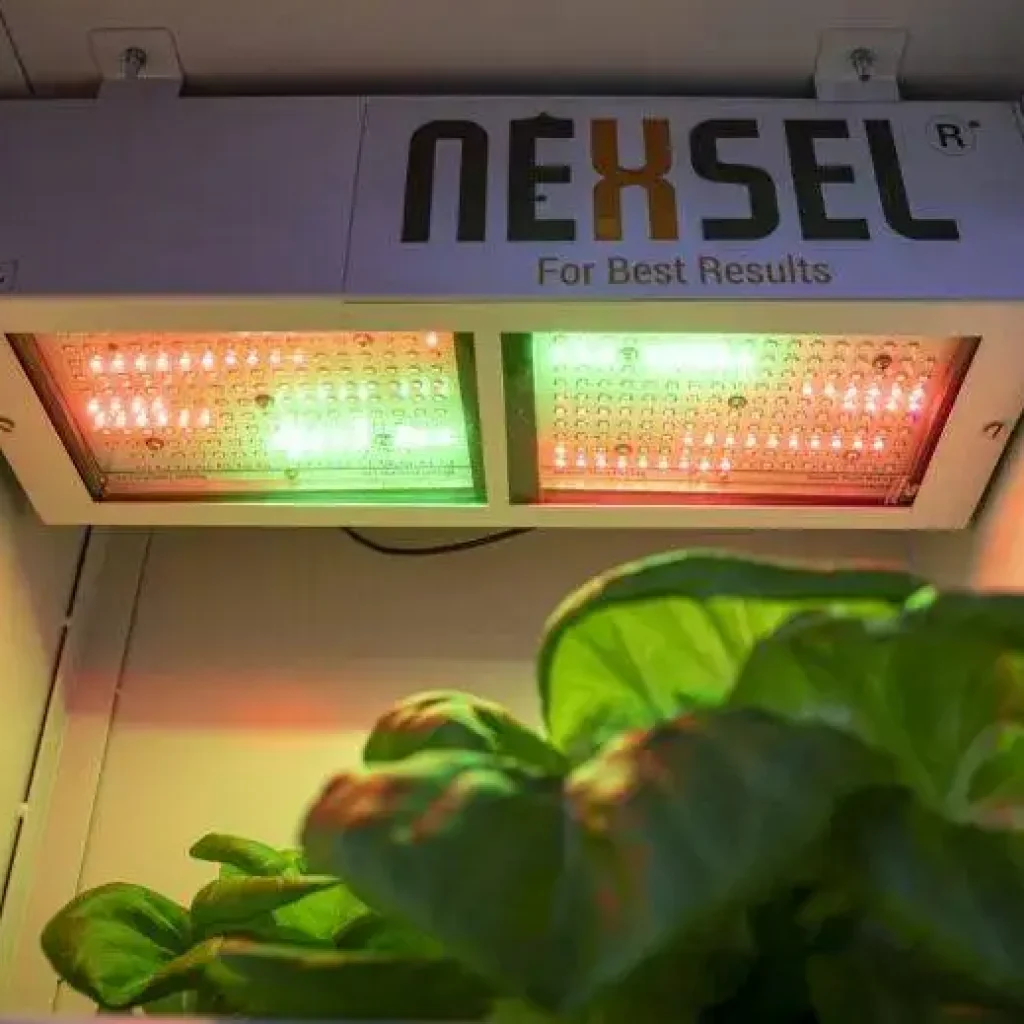
Enquire Now
Quick Link
Other Links
Design & Developed By VBTEK



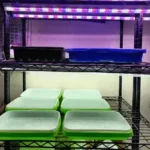
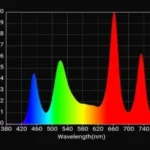
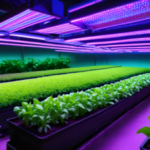
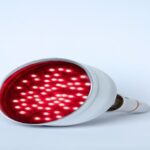
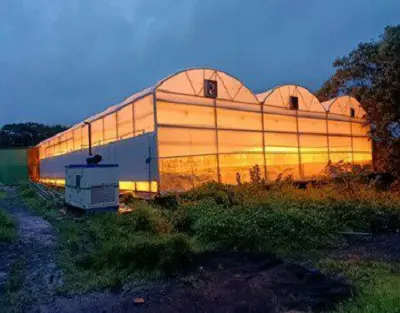
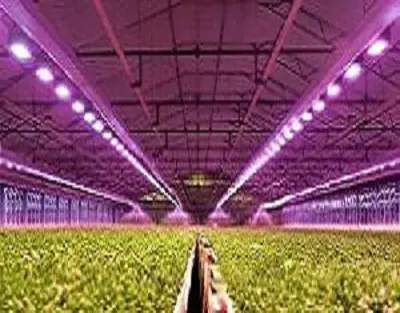
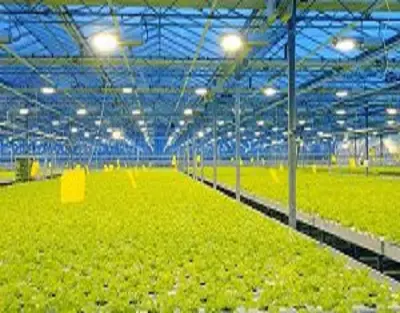

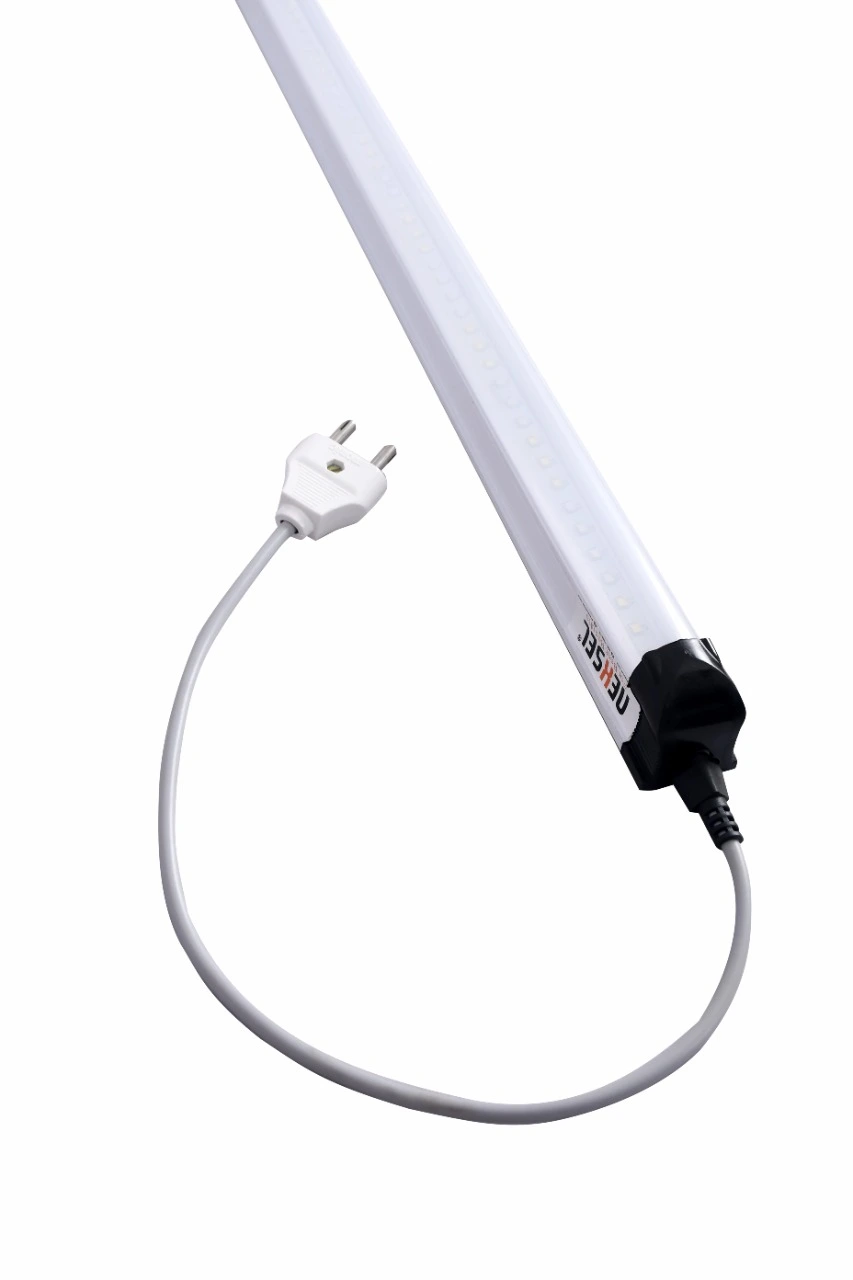
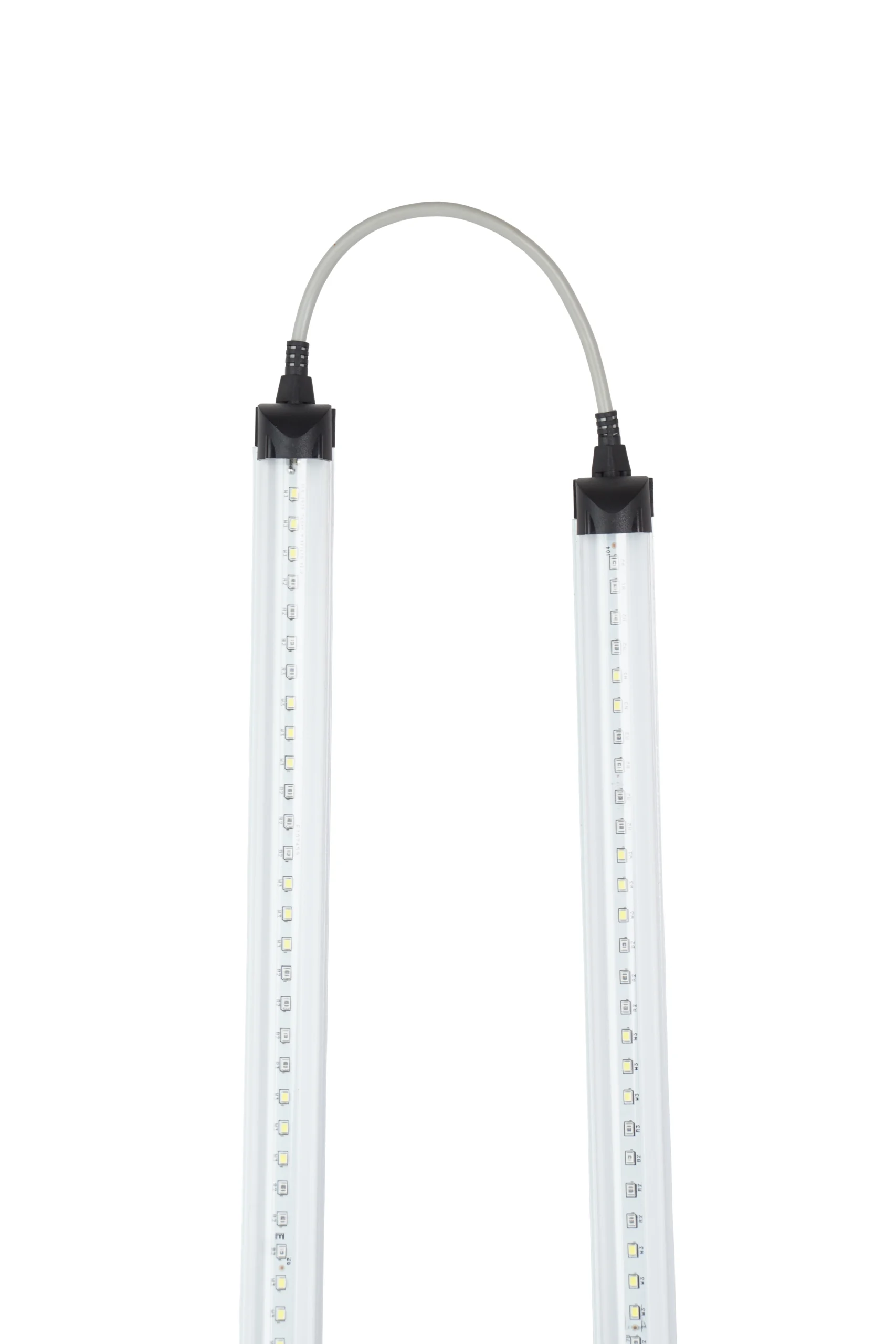
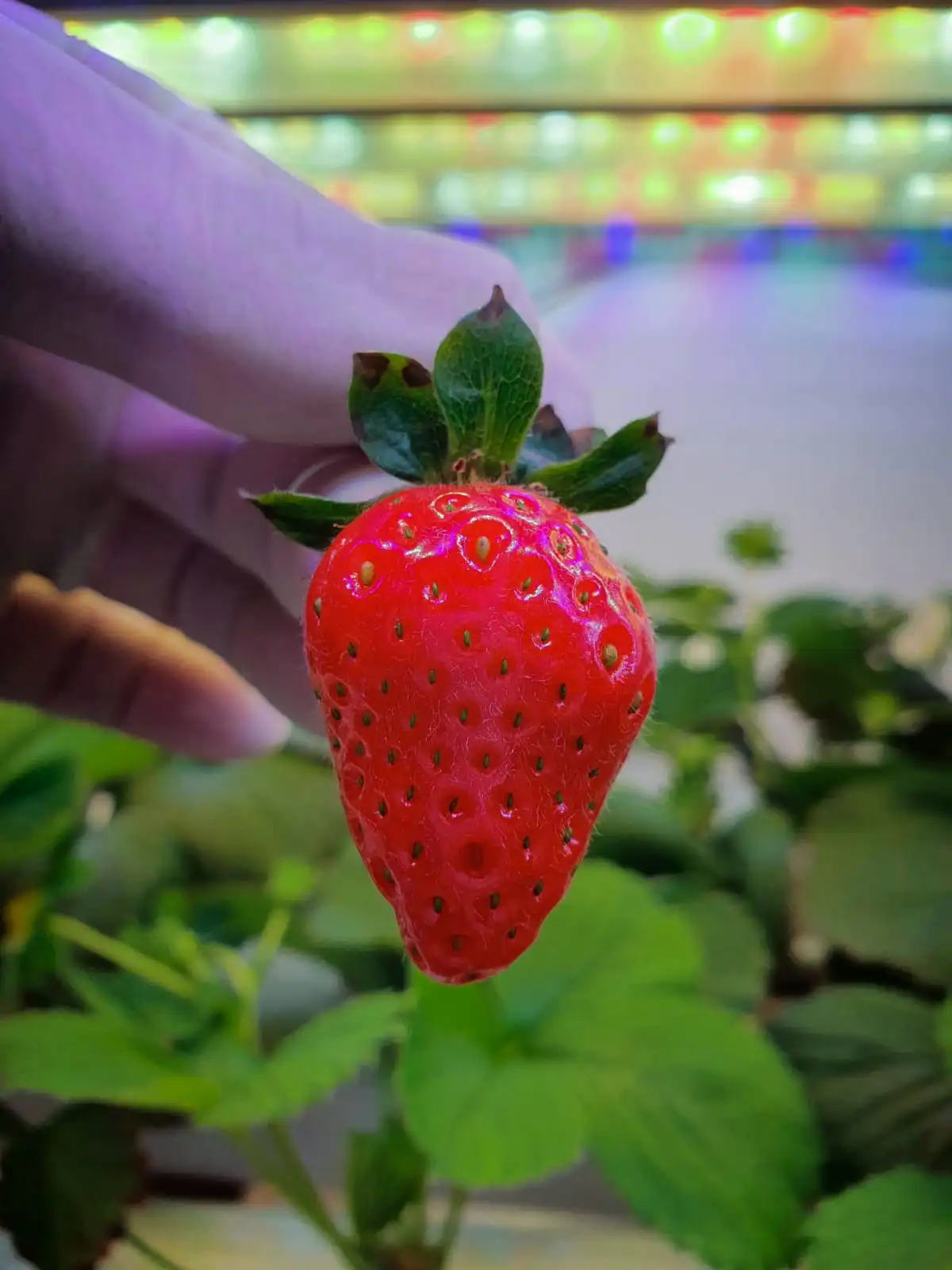
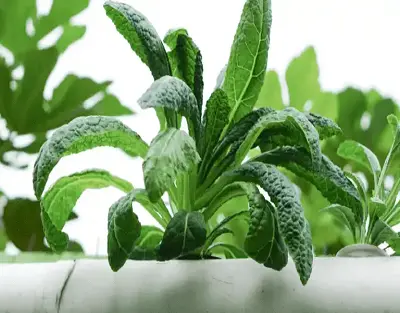
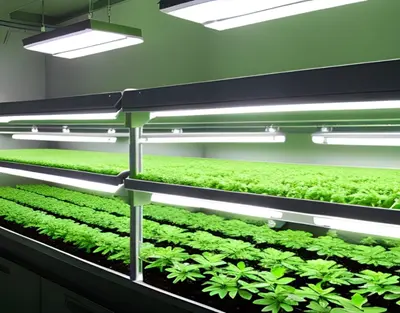
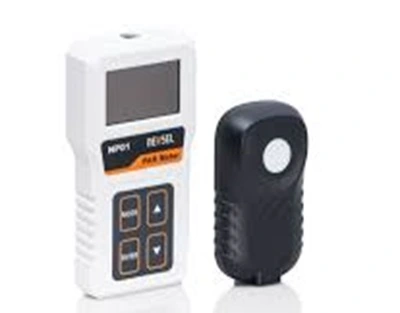
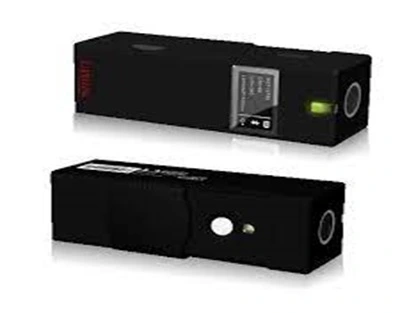
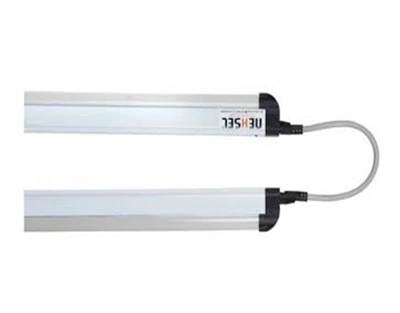
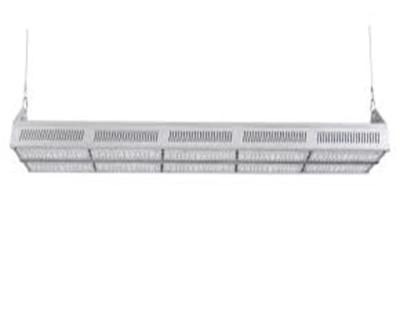
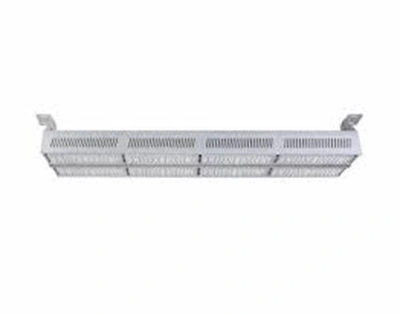
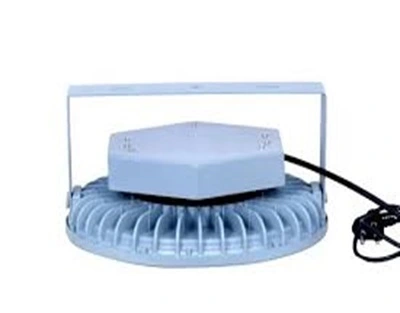
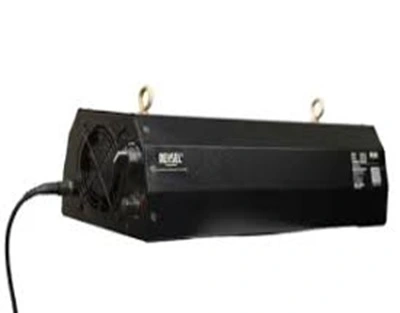
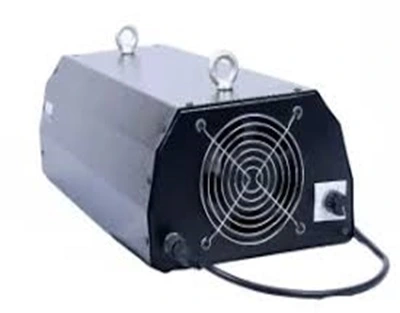
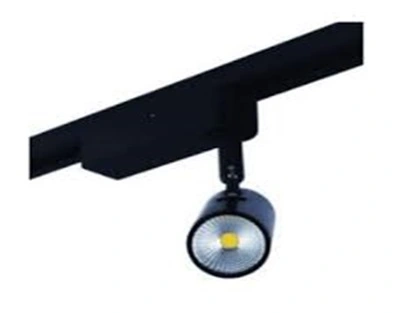
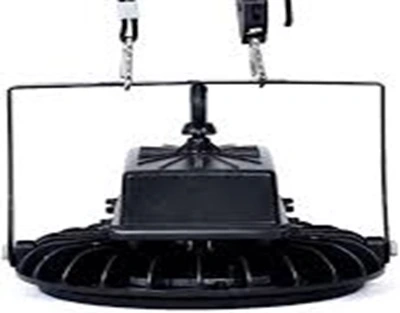
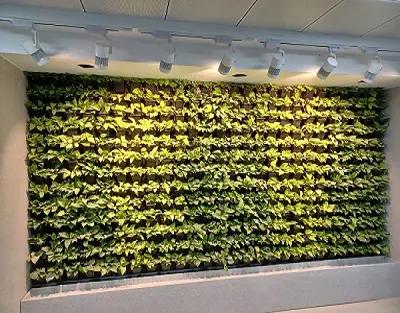
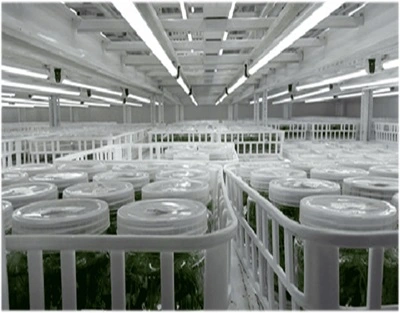
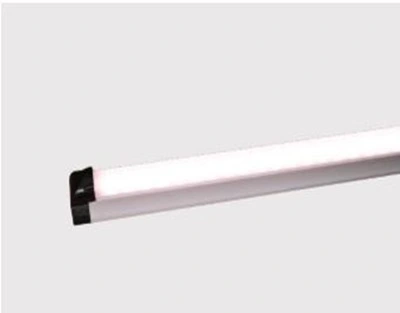
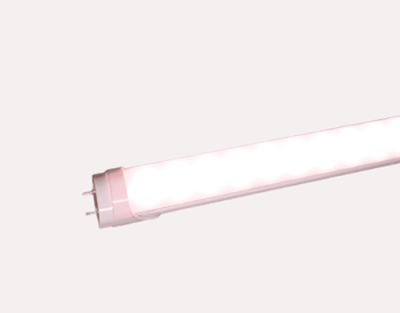
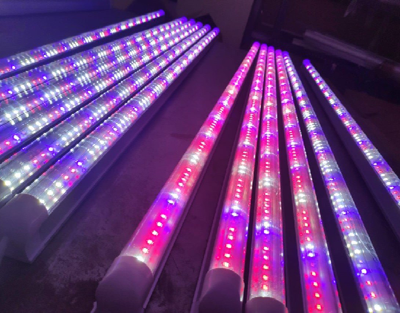
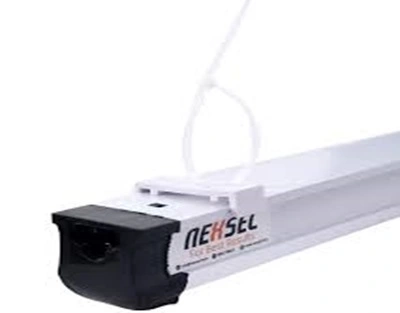
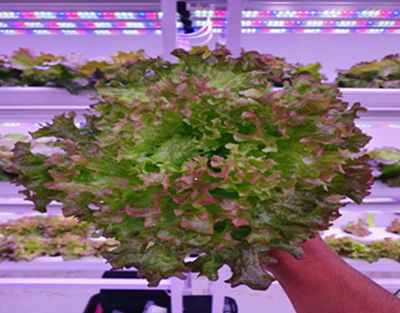
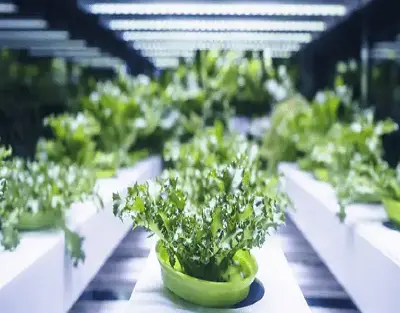
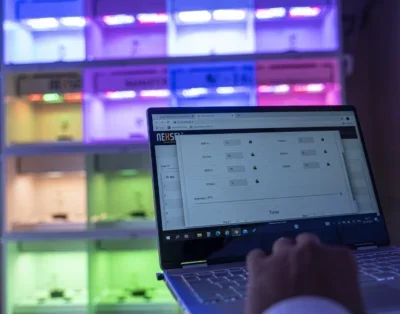


Leave A Comment